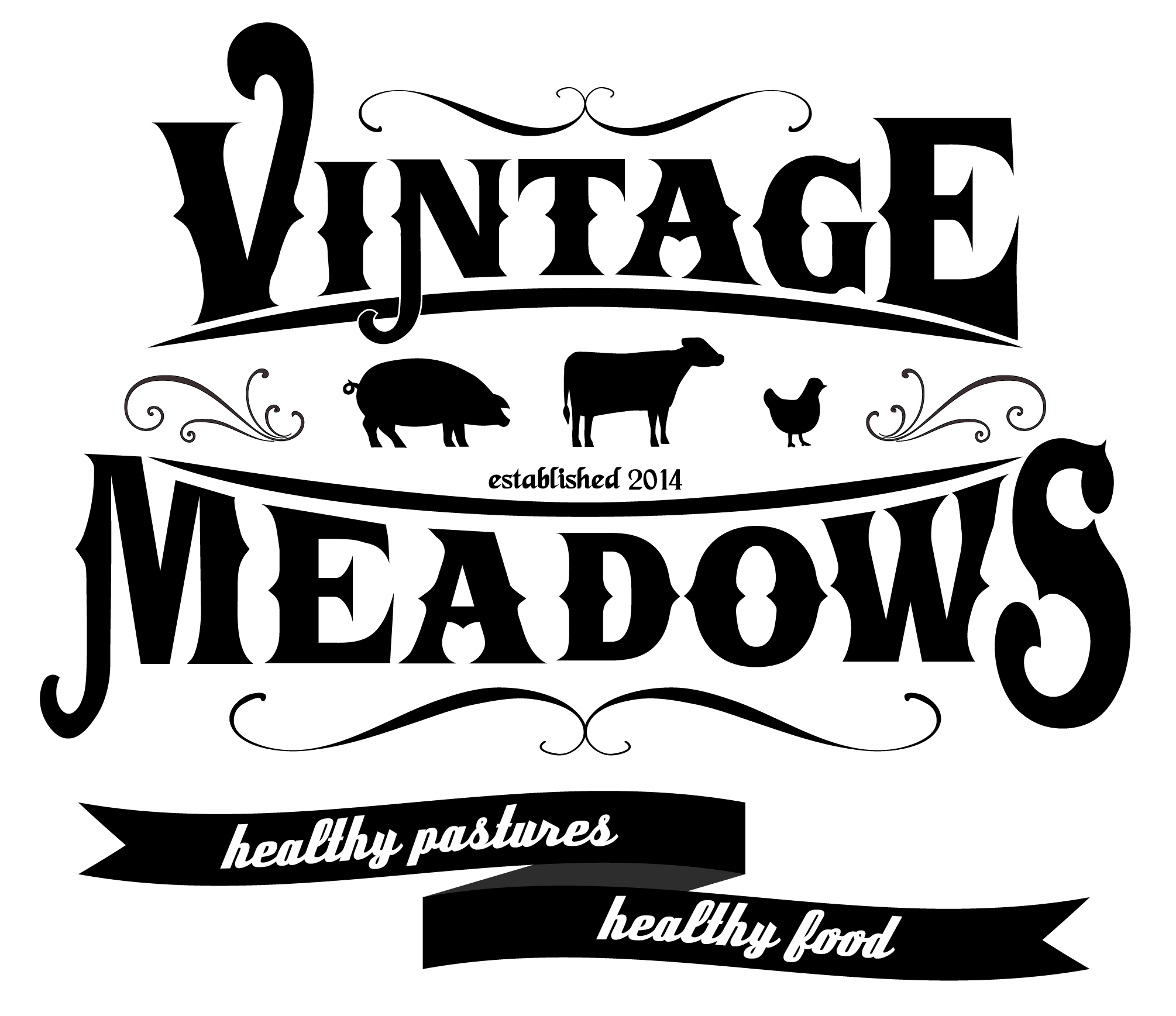Steak is a Powerhouse of Nutrition: Don't Miss Out!
What comes to mind when you think of steak?
You may be picturing a perfectly marbled slab of beef, marinated or seasoned with complimentary flavors. Grassfed steaks are slightly leaner with less overt flavor, but the subtle grassfed taste, once you’re aware of it, is unlike anything else. The grill or stove is preheated, and after slapping that hunk of meat down, it spits and sizzles delightfully. You watch over it, tending to its every need, monitoring temperature and position. Finally, you slide it onto a plate, and there it sits, just begging to be cut into and devoured. This steak is cooked to perfection, just the way you like it, whether that’s with a little pink inside or Farmer Ryan’s favorite, a red center. Sitting down to eat this masterpiece is accompanied by a sense of pride in a job well done. You’re rewarded by a mouthful of tender, flavorful steak packed with super animal protein that promotes a healthy diet and lifestyle, strengthening you in the areas you need it most.
I think I need a steak… pronto. If you’ve ever wondered how certain steaks came by their names, you have come to the right place. Below are the traditional American primal cuts used by butchers. Traditional American steak cuts, ribeyes, New York strips, and sirloin steaks, are all cut from the rib, short loin, and sirloin areas.
By Ysangkok - Own work based on: Beef cuts.png and Beef cuts.png on Wikipedia.Original image public domain.Made 11:50, 14 June 2006 (UTC) in Inkscape., Public Domain, https://commons.wikimedia.org/w/index.php?curid=864707
History of Steak
The history of steak dates back to the 1400s in Scandinavia, where recipes describe cooking a piece of meat referred to as “steik”, “stickna,” or “steikja.” Steak also became popular in England and Italy through the 1600s and onward. England was home to the first chophouses, simple eateries for working men, which eventually evolved into steakhouses, more refined restaurants. Steak Florentine is a traditional Italian dish from 1565, involving a chargrilled T-bone steak from the short loin cut.
Frontier Food
In America, steak became a popular frontier food during the 1800s. Specific cuts were identified and steak enthusiasts began dreaming up different ways of preparing and cooking steak. Cowboys moving cattle out West would butcher an animal and grill their favorite cuts over an open fire.
Steak as a Luxury Food
Steak didn’t garner its reputation as a luxury food until Delmonico’s Restaurant in New York City, the first fine dining establishment in the United States, began serving steak in 1850. Customers who ordered a Delmonico steak were served a thick, high-quality cut of steak, somewhere between a savory ribeye or firm yet flavorful New York strip steak. Back then, the actual cut of steak was up to the butcher - and no one really knew for sure what it was, other than the fact that it was the best cut of steak from the animal. Delmonico’s still serves its famous steak dishes today!
The King of Steaks
Ribeye steaks are named for their location - the rib. With their extensive fat marbling, ribeyes are tender and flavorful. The New York strip is from the short loin section, and possibly got its name from being served at Delmonico’s Restaurant in New York. New York strips are also marbled but not quite as much as a ribeye. They are slightly firmer, but still flavorful. Both the ribeye and the New York strip are known as the King of Steaks.
Sirloin Steak
Sirloin steaks are from farther back on the animal’s hindquarters. The word “sirloin” is derived from Middle English and Old French and literally means “above the loin.” One fictitious story claims that the sirloin steak got its name when a king was served a cut of steak so large and juicy that he knighted it during the meal, calling it “Sir Loin.”
The Spruce Eats describes sirloin steak by saying, “Cuts from the sirloin tend to be flavorful but potentially chewy since they're on the leaner side. Most need to be cooked hot and fast or low and slow to prevent toughness. The sirloin flap is very similar to flank steak—coarse-grained muscles with lots of marbling and deep beef flavor.”
WHY INCORPORATE STEAK INTO YOUR DIET?
Steak can provide tons of nutrients all in one meal that other foods cannot. The major benefits include protein, iron, zinc, vitamin B12, and creatine. High-quality steak can provide all of this, resulting in a powerhouse food that builds muscle, sustains energy, and promotes healthy cells and a strong body. Steak wasn’t always known as luxury food, but rather as a convenient way to consume energy-sustaining food.
Steak from Vintage Meadows is 100% grassfed, from cattle who have been humanely raised with meticulous care on all-natural pastures and high-quality hay. By enjoying our steak, you’re actively building a healthier lifestyle, meeting your body’s nutritional and protein needs, and promoting our environment-sustaining growing practices.
Steak has too many benefits and not enough drawbacks to save it for special occasions! Break out the fancy dishes and fire up the grill because our steak is great enough to be enjoyed every day! Your family and your health will thank you for it.






